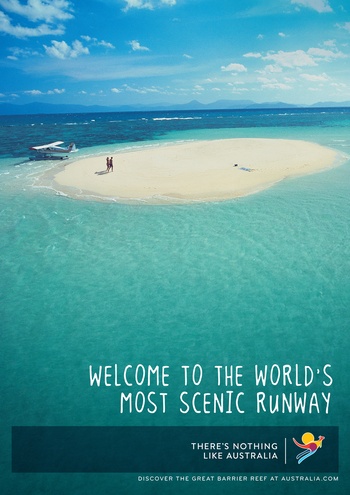

Australia is home to an impressive array of islands, each offering unique landscapes, ecosystems, and cultural significance. The country’s islands range from the vast and populous Tasmania, located south of the mainland, to the remote and sparsely inhabited islands scattered throughout its extensive maritime borders. Tasmania is Australia’s largest island and its only island state, known for its rugged wilderness, abundant wildlife, and rich colonial history. The island’s diverse ecosystems, from temperate rainforests to alpine regions, make it a hotspot for biodiversity and a favorite destination for nature enthusiasts.
The Great Barrier Reef, one of the world’s most renowned natural wonders, is home to over 900 islands and coral cays. Located off the coast of Queensland, these islands offer stunning beaches, vibrant coral reefs, and a plethora of marine life, including sea turtles, manta rays, and a variety of fish species. The Whitsunday Islands, part of this reef system, are particularly famous for their picturesque white-sand beaches and clear turquoise waters, making them a popular destination for sailing, snorkeling, and diving.
Further to the north lies the Torres Strait Islands, a group of around 274 islands situated between the northern tip of Queensland and Papua New Guinea. These islands are culturally significant as they are inhabited by the Torres Strait Islanders, an Indigenous Australian group with a distinct culture and history. The Torres Strait Islands are known for their unique blend of Melanesian and Australian Aboriginal cultures, which is reflected in their art, music, and traditional practices.
In the Indian Ocean, off the western coast of Australia, lie the Cocos (Keeling) Islands and Christmas Island, both of which are Australian external territories. The Cocos (Keeling) Islands consist of 27 coral islands arranged in two atolls, offering pristine beaches and rich marine environments. Christmas Island, renowned for its red crab migration, is characterized by its rugged terrain, dense rainforests, and unique biodiversity. These islands, while remote, play a crucial role in Australia’s strategic and environmental landscape, providing important insights into marine conservation and tropical ecology.
Australia’s islands are not only significant for their natural beauty and biodiversity but also for their cultural and historical importance. They offer a diverse range of experiences, from the bustling city life of Hobart in Tasmania to the serene and untouched landscapes of the Torres Strait and the Indian Ocean territories. Each island or island group contributes uniquely to Australia’s rich tapestry of environments and cultures, making them integral parts of the nation’s identity and heritage.

